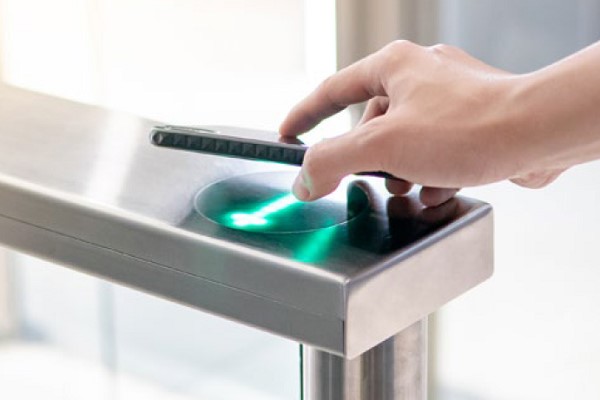Contactless Payments – a Technology Whose Time Has Come

Evolving technology has always been present in payments, from IBM’s® development of the magnetic stripe in 1960 to the original introduction of EMV® chip-and-pin in 1994.
Over the past decade, technological advances have launched a revolution in payments, from digital wallets to contactless wearables and payment objects. While the U.S. has been slow to adopt contactless payments, the international market has been full-speed ahead for over a decade.
Outside the U.S., more than 40 percent of in-store Visa transactions occur with a tap, with Europe and Canada leading the way. In the UK, 76 percent of millennials made a purchase with their contactless card in 2017. Meanwhile, in Canada, nearly 70 percent of all transactions under $50 occur with a tap.
Although the U.S. still lags with an estimated three percent of cards featuring contactless capabilities, a majority of point-of-sale terminals in the U.S. are already set up to accept contactless payments, a benefit of merchants’ recent conversion to EMV-enabled devices to protect against fraud loss liability. Issuers are catching on, and Visa expects over 100 million Visa contactless and dual interface cards to be issued in the U.S. by the end of 2019.
A World of Contactless Benefits Awaits
Dual interface cards with contactless payment functionality offer merchants, issuers and cardholders a range of attractive benefits:
- Faster transactions: Whereas EMV contact transactions can take up to 30 seconds, a contactless card transaction can be completed in half the time or less. Customers enjoy a faster, more convenient checkout experience, while merchants benefit from incremental spend, as their customers are not limited to using cash on hand. Due to this enhanced convenience factor, contactless cards have proven effective in converting users of cash to card-based payments.
- Eager cardholders: Today’s cardholders are curious about trying new contactless payment methods. For instance, according to a CPI research study, cardholders are very interested in using payment object technology at music or sports venues: 81 percent like the idea of using a band or fob to house their tickets, and 81 percent also like the idea of using such objects to make onsite purchases at the venue.
- Rise to Top of wallet status: The greater convenience of contactless cards and payments benefits issuers through increased cardholder loyalty, lower attrition rates and enhanced top-of-wallet status. Top of wallet status, higher transaction volumes and average spend help to minimize opportunity costs associated with customer attrition and lost wallet share.
With the benefits of speed and convenience, contactless offers a ‘must have’ value proposition to consumers and issuers. The contactless trend is here and it’s a prime time for issuers to support the transition by offering dual interface cards.
